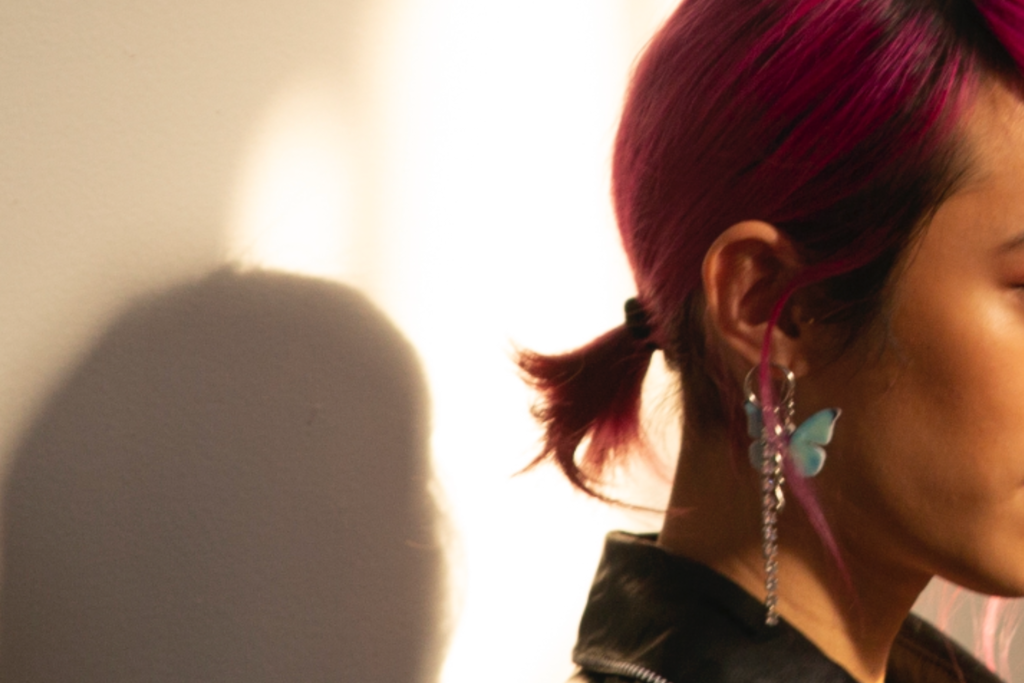What You Need To Know About Child Sex Trafficking

When most people imagine child trafficking, they imagine a seedy guy bringing a little girl into his white van. However, this is a destructive stereotype – often perpetuated by the media, movies and TV shows, and sometimes even anti-trafficking organizations themselves. In reality, trafficking is much more nuanced.
In order to understand the different ways child sex trafficking actually takes place, here are some important facts.
1. You can be trafficked without leaving your home.
Trafficking looks different depending on the situation. Sometimes youth continue going to school, living at home, and participating in extracurricular activities – even while they are being trafficked. Children can also be trafficked and exploited only on the internet, without anything happening in-person.
2. Traffickers can look like anyone and don't fit one stereotype.
Love146 has worked with youth who have been trafficked by family members, peers, romantic partners, educators, employers, couples, and community leaders.
3. Different situations can influence how a child becomes trafficked.
Being a child is an inherent vulnerability. Children are vulnerable because their brains are still developing, because they depend on adults for safety and resources, and because they lack many basic legal rights. Although all youth are vulnerable to being groomed by traffickers, some are particularly vulnerable, including children in the foster care system, runaway and homeless youth, and youth with a history of complex traumata—resulting from extreme or continuous exposure to family dysfunction, sexual abuse, and other forms of abuse or trauma (i.e. bullying). In addition, Black, Hispanic, Native American, LGBTQ+, and non-citizen youth are also disproportionately victimized, with increased vulnerability resulting from prejudice and discrimination.
4. Child sex trafficking is happening in every community. But pause before believing your city is a “hotspot.”
If you looked at a map of trafficking referrals, major highways, and human population density, you'd find they are often closely aligned. Where there are more people, more children are likely being exploited. Spikes in reported trafficking may also be influenced by an increased focus in that region on research, training, law-enforcement efforts, or an awareness campaign promoting the national hotline – and though the increased numbers may not seem like it at first, that can ironically be a good thing, as it may indicate more people are being identified and helped.
5. Sex trafficking isn't just a “women and girls issue.” About 15% of those in Love146's US survivor care have been boys and non-binary youth.
The ILO report claims that “The vast majority of [sex trafficking] victims (99 percent) were women and girls.” However, when we've adjusted our perspective and programs to make space to see and care for sexually exploited boys, we've seen identification rates jump significantly. As of 2019, 13.5% of the youth served by Love146's programs in the US and the Philippines were boys and 1.6% were non-binary youth.
6. Often, a “rescue” isn't the only (or best) way to freedom.
Most victims of trafficking are not identified through a raid. Many times caring adults (teachers, coaches, neighbors, parents) identify concerning behaviors (e.g., frequent running away, possession of expensive items that the youth could not normally afford, secretive relationships online in in-person) and flag it as potential victimization. Few youth self-identify as victims and even fewer share their whole experience the first time they open up. Love146 provides training for first responders, educators, social workers, and other caring adults in key positions so that they are able to recognize and respond appropriately to potential trafficking in their communities.
7. You can help end child trafficking.
Individual donors mean we can be there for children today and tomorrow. Whether it's a one-time donation of $50 or a monthly donation of $5, you can make a difference in the movement to end child trafficking. You can donate by visiting this link
This “Eyes on Trafficking” story is reprinted from its original online location.
 ABOUT PBJ LEARNING
ABOUT PBJ LEARNING
PBJ Learning is a leading provider of online human trafficking training, focusing on awareness and prevention education. Their interactive Human Trafficking Essentials online course is used worldwide to educate professionals and individuals how to recognize human trafficking and how to respond to potential victims. Learn on any web browser (even your mobile phone) at any time.
More stories like this can be found in your PBJ Learning Knowledge Vault.
EYES ON TRAFFICKING
This “Eyes on Trafficking” story is reprinted from its original online location.
ABOUT PBJ LEARNING
PBJ Learning is a leading provider of online human trafficking training, focusing on awareness and prevention education. Their interactive Human Trafficking Essentials online course is used worldwide to educate professionals and individuals how to recognize human trafficking and how to respond to potential victims. Learn on any web browser (even your mobile phone) at any time.
More stories like this can be found in your PBJ Learning Knowledge Vault.
